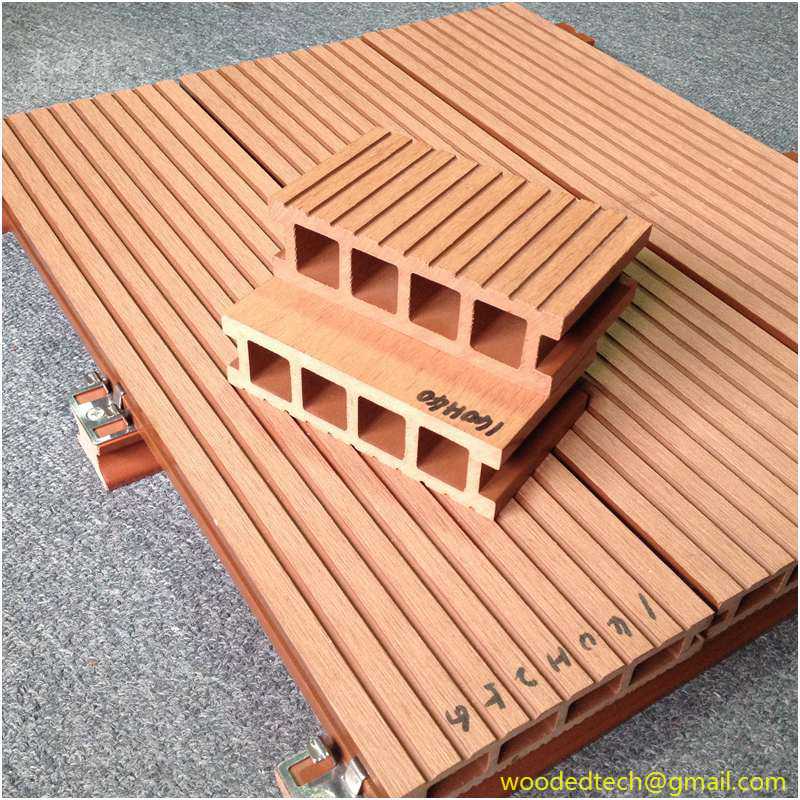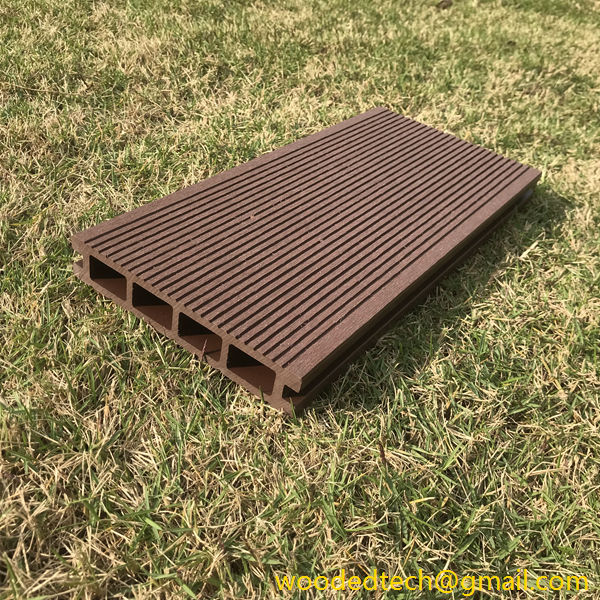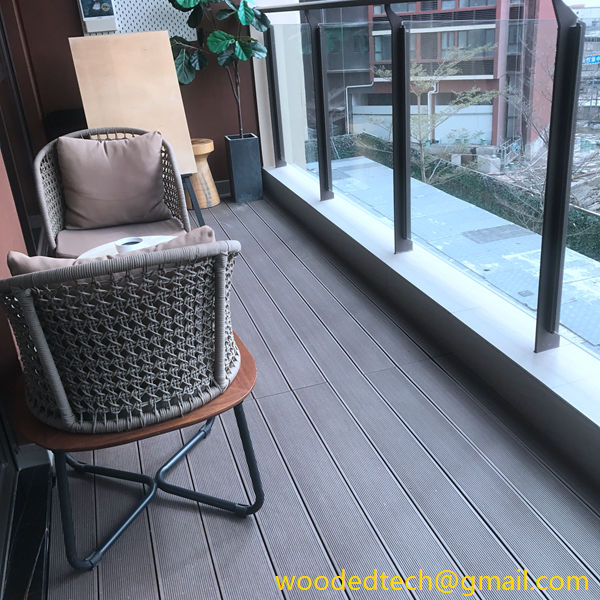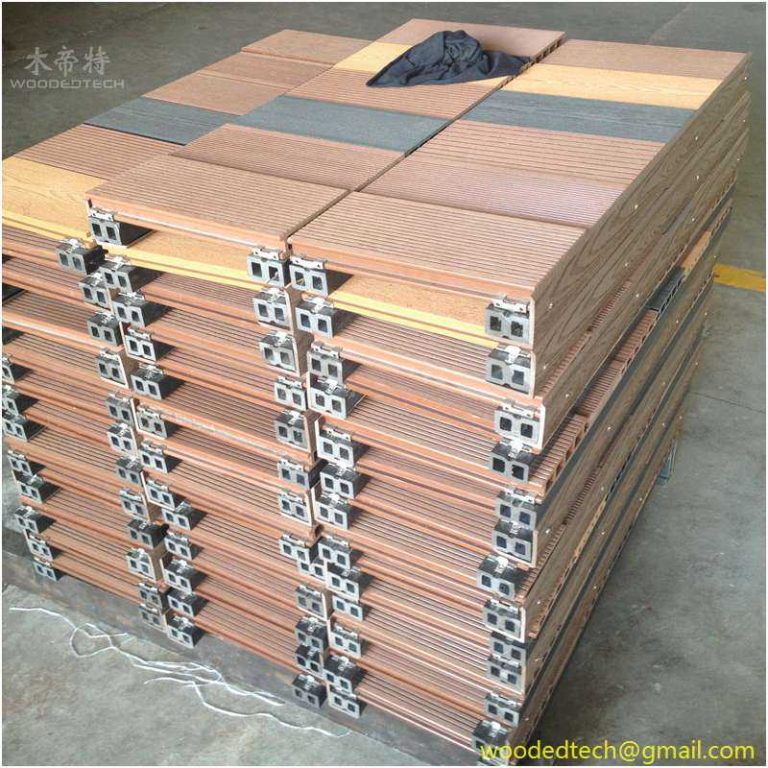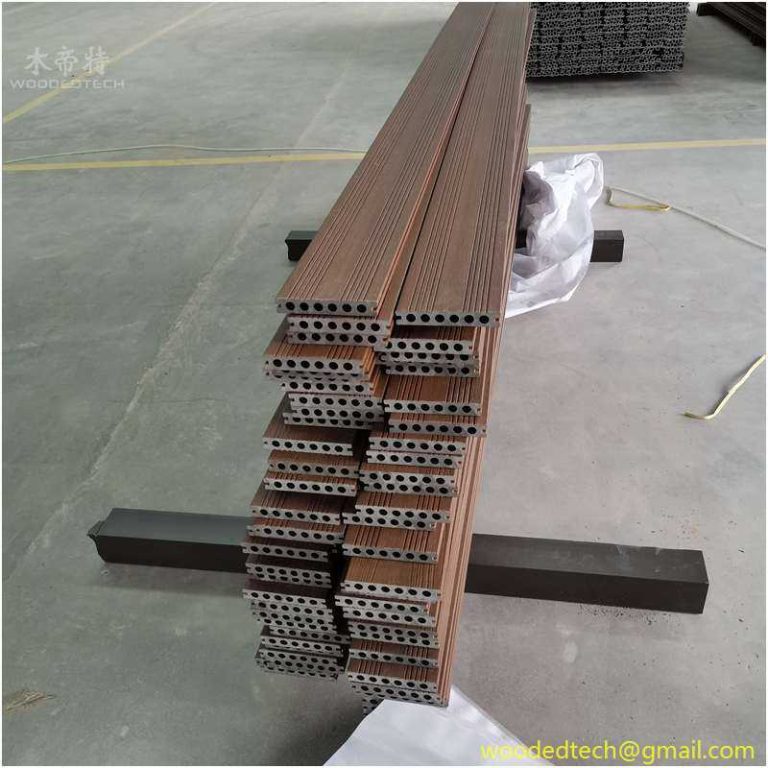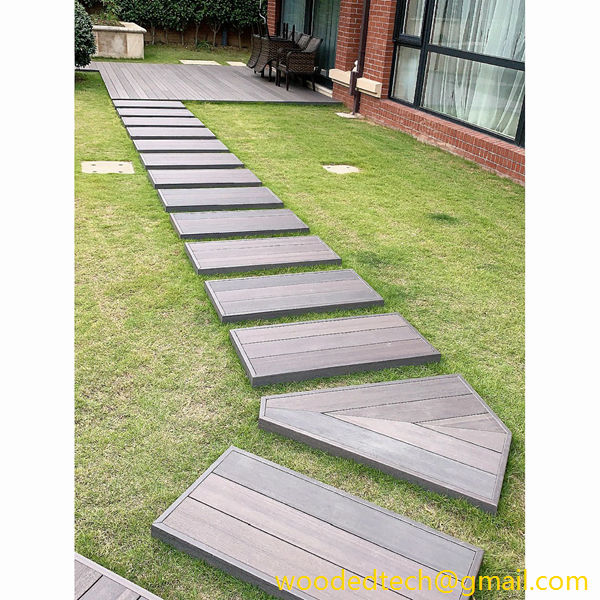1.5 inch thick composite decking
However, although the increase in thickness can improve the stability and durability of the floor, in actual use, 1.5 inch thick composite decking is rarely used.
This is mainly due to the following reasons:
Increased thickness will lead to higher production costs.
In the production process of composite decking, the consumption of raw materials and energy will increase with the increase in thickness, which directly affects the production cost of the product.
Therefore, for some consumers with limited budgets, they may choose thinner composite decking to reduce costs.
1.5 inch thick composite decking
Composite decking is a new type of green and environmentally friendly building material made of wood powder and plastic through special processing.
It has the appearance and texture of wood materials, and at the same time has the waterproof, mildew-proof and moth-proof properties of plastic, so it is widely used in outdoor decoration.
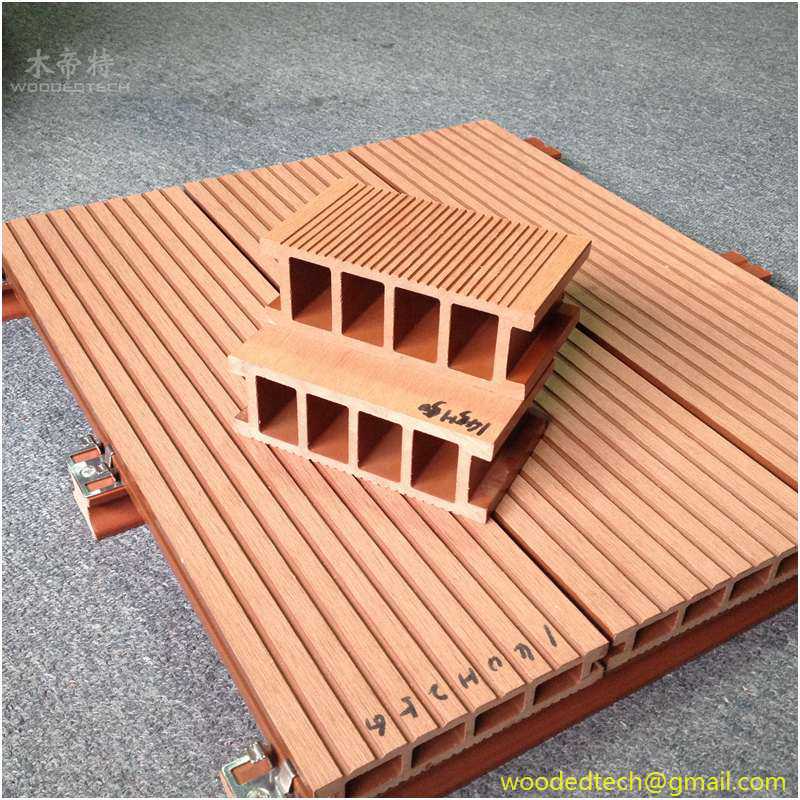
Generally speaking, the thickness of composite decking is between 1 inch and 2 inches, among which 1.5 inch thick composite decking is relatively thick.
However, although the increase in thickness can improve the stability and durability of the floor, in actual use, 1.5 inch thick composite decking is rarely used.
This is mainly due to the following reasons:
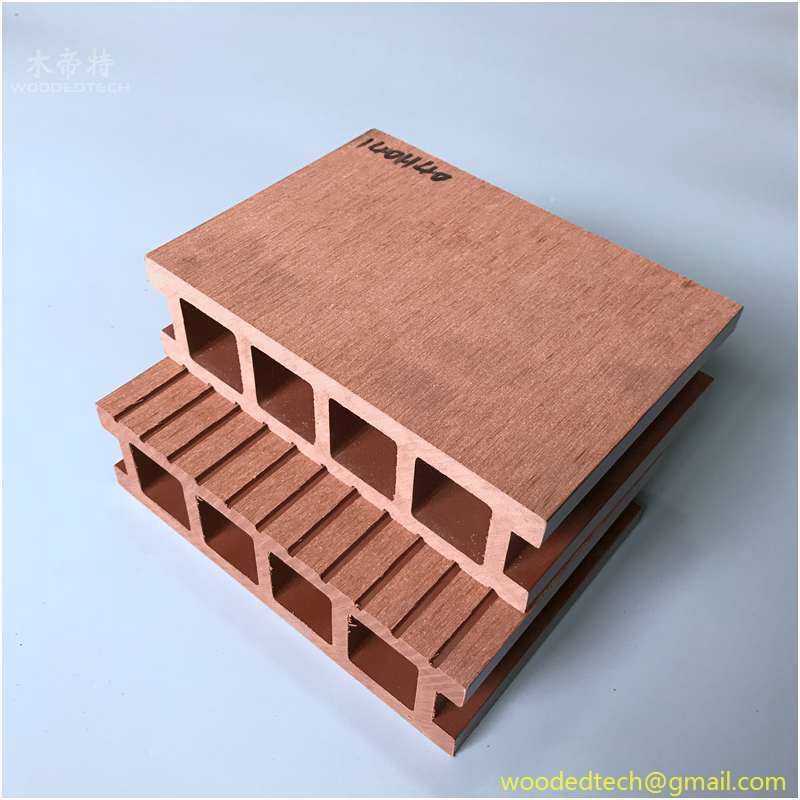
Increased thickness will lead to higher production costs.
In the production process of composite decking, the consumption of raw materials and energy will increase with the increase in thickness, which directly affects the production cost of the product.
Therefore, for some consumers with limited budgets, they may choose thinner composite decking to reduce costs.
Increased thickness will affect the difficulty of construction.
Thicker composite decking requires more labor and time during installation, and has higher technical requirements for construction workers.
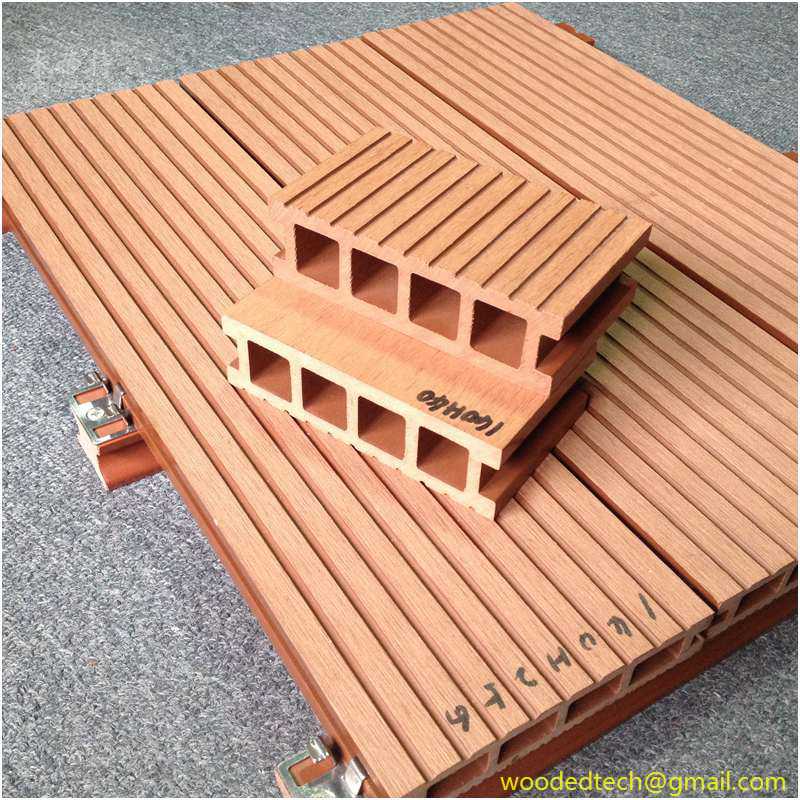
This not only increases construction costs, but may also affect construction quality.
Increased thickness may affect aesthetics.
Although increased thickness can improve the stability and durability of the floor, if the design is not reasonable, the overly thick floor may appear bulky and uncoordinated, affecting the overall aesthetics.
How to solve these problems?
On the one hand, the production cost of thick flooring can be reduced by improving the production process.
For example, more advanced production equipment and technology can be used to improve production efficiency; or the raw material formula can be optimized to reduce unnecessary waste.
On the other hand, the problem of construction difficulty can be solved by providing professional installation services.
For example, professional installation teams can be trained to improve their technical level and service quality; or detailed installation guidance and after-sales service can be provided to help consumers solve problems in construction.
The aesthetics of thick flooring can also be improved through careful design.
For example, more fashionable and beautiful styles and colors can be adopted; or personalized design solutions can be customized according to different usage scenarios and usage needs.
Although 1.5-inch thick composite decking is rarely used in actual use, as long as we can reasonably solve the above problems, we can give full play to its advantages and provide consumers with better products and services.

